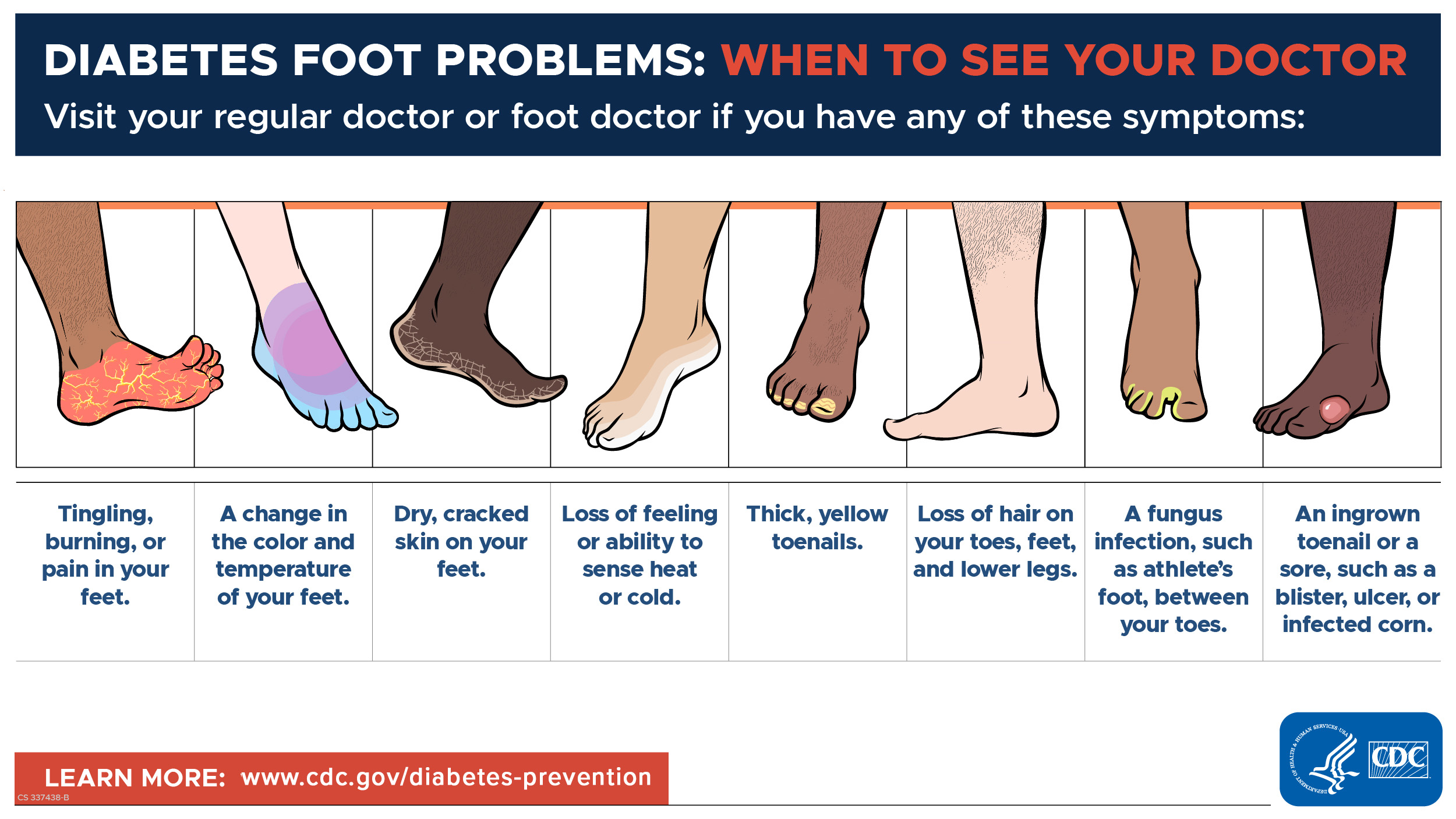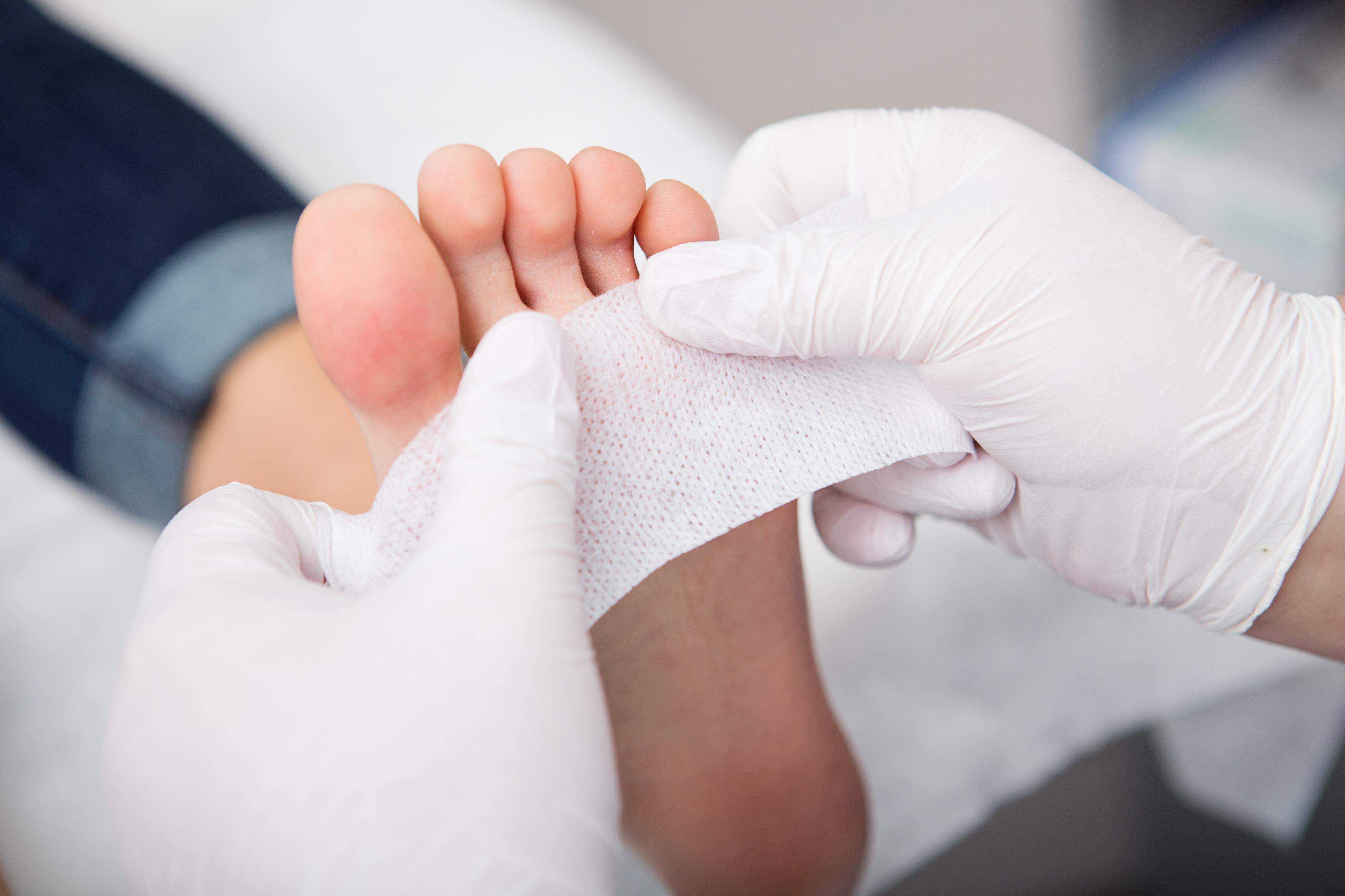Feet Acting Strange?
Let me just start with this: feet are like those coworkers who quietly run the office behind the scenes. Nobody gives them the credit… unless, well, they start making some noise. And when you’ve got diabetes, your feet might get a little louder in their own way—like suddenly sporting a red tint on the soles. Weird, right? Ever glanced down, wiggled your toes, and thought, “Hmm, why do they look like I walked across a strawberry jelly donut?” Yeah, you’re definitely not alone.
So, let’s skip the boring textbook stuff and get real about what red soles of feet diabetes might mean, how it creeps up, and what you (or someone you care about) can do before a little redness turns into big trouble.
Why Are My Feet Turning Red?
Is This a Diabetes Thing?
Short answer: it could be. When you live with diabetes, red soles can sometimes be your body’s slightly dramatic way of waving a flag and saying, “Pay attention to me!” Most of the time, it’s about nerve and blood flow problems—things that don’t exactly make for polite dinner conversation, but are super common.
Here’s the deal: high blood sugar, year after year, does a number on both nerves and the tiny blood vessels down in your feet (research on red spots and diabetes). You get less sensation. Poor circulation. Suddenly, things like blisters or a bit of foot irritation don’t heal like they used to. That redness? It’s kind of like your foot’s group chat message: “Hey, something’s going on down here!”
Is Red Always Bad News?
Not every spot of redness spells doom. Sometimes it’s just a little surface issue—maybe your shoe rubbed weird, or you went wild on the treadmill. But… with diabetes? Red soles can be an early warning, even before you notice any pain (according to diabetes & foot problems). It might be the only sign before things get serious.
There’s this story I’ll never forget: a friend’s mom (let’s call her Rita) spent months thinking her feet were just tired from standing at her teaching job. She shrugged off the red soles. One day, her doctor caught the change during a routine checkup—good thing, too, because it turned out to be early-stage neuropathy. A few tweaks to her diabetes management, and her bright red feet faded back to normal. Rita still jokes about how her sneakers “ratted her out.”
What Else Changes?
Not Just About Color
Redness isn’t the only weird foot thing diabetes throws your way. Ever see those diabetic feet pictures beginning stages? (Some are so subtle you’d miss them if you blink!) The early stuff: a hint of swelling, a patch of skin that looks a shade darker, or tiny blisters that you can’t remember bumping into anything for.
Diabetes sometimes messes with your body’s ability to heal, so cuts and scrapes just stick around longer. Neuropathy (that’s the nerve damage thing) makes it easy for small injuries to go unnoticed until they get really obvious—or red. According to Cleveland Clinic’s info on diabetic feet, it’s this numbness that sets the stage for foot drama: wounds that don’t hurt, but don’t heal, turning red and often feeling warm.
How Do You Spot Early Signs?
If you’re someone who checks their Apple Watch more than their toes… no judgment! But give those feet a glance when you’re getting dressed. Look for any color changes—especially deep pink or red on the soles—alongside weird swelling, or if the foot is warmer than usual. Want a cheat sheet? Compare what you see to some diabetic feet pictures beginning stages for a reality check. Not sure? Just ask someone you trust (seriously, make it a family affair!).

Why Does This Happen?
Let’s Get (a Little) Science-y
When blood sugar’s high for a long stretch, two things go sideways: nerves get damaged (that’s neuropathy), and smaller blood vessels become less effective at their job. If nerves aren’t speaking up, you miss those little signals like “ouch, that shoe rubs” or “hey, there’s a scratch.” At the same time, poor blood flow means those little injuries take ages to heal—or don’t heal, turning spots red or purple and sometimes leading to worse streaks (see signs of serious problems).
And for some, Red soles of feet diabetes can pop up before anything actually hurts. Frustrating? Yes. But it’s a pretty effective “check engine” light—if you listen. For women, especially, the signals can feel sneaky… not always pain, but a weird warmth, or color that just seems off. There are handy resources like Woman early signs of diabetic feet to help you tune into those subtler changes.
| Issue | What You See | Why It Happens |
|---|---|---|
| Red soles | Pink-to-red areas on underside, sometimes warm or swollen | Poor blood flow or nerve damage |
| Ulcers | Open sores, slow to heal | Injuries + slow repair |
| Blisters | Bumps or watery blisters, often painless | Advanced nerve damage |
When Red Means “Stop”
Kinds of Redness You Can’t Ignore
One tough truth: most people don’t realize that red spots or flushed soles from diabetes can get dangerous fast. We’re talking infections, ulcers, even changes to the bones in your feet (based on the NIDDK guidance). Gangrene and amputation aren’t just internet scare tactics—they happen if you let things slide too long.
There’s another angle, too—a red, hot, and swollen foot or ankle can be an emergency (medical foot complications rising). Sometimes, it’s something called Charcot foot, where bone gets so weakened from nerve damage that the foot’s shape actually starts to change. Sounds wild—because it is.
“How Bad Could It Really Get?”
A friend of mine—let’s call him Tim—thought he’d “walk it off” when his foot started looking a little angry. It went from warm and pink, to full-on swollen and red. He saw his doc only after his wife pointed out he was limping. The verdict? Early ulceration, but caught just in time. Three weeks of careful care, lots of foot checks, and ditching his old shoes… and he dodged a hospital stay. (His wife’s been on “foot patrol” ever since.)

Daily Foot TLC—Made Simple
What Can You Do Right Now?
Alright, let’s get practical. Red soles of feet diabetes doesn’t have to become your new normal. Start with daily checks—seriously, pretend you’re a secret agent and scan for changes. Look for redness, blisters, or anything that just doesn’t look like yesterday. If you have trouble bending, use a hand mirror or, even better, make it a post-shower ritual with your kids, partner, or roommate. (Who said foot care can’t be social?)
Keeping feet clean and dry is rule #1. Wash them daily, but don’t soak for long—swampy skin only causes trouble. Dry between your toes gently. Moisturize, but don’t get goo between your toes (that’s how fungus crashes your foot party). And if your feet get dry or cracked—super common with diabetes, by the way—don’t just slap on ointment and hope for the best. Take a look at how to approach cracked heels from diabetes for extra tips.
What About Shoes and Socks?
Rule of thumb: if your shoes pinch, toss them. But seriously, well-fitted, supportive shoes and moisture-wicking socks are your best sidekicks. No barefoot kitchen runs—those rogue Legos are lurking. And get picky about your footwear, especially if you’re seeing redness or healing wounds.
If in doubt about what to look for, refresh your memory with those diabetic feet pictures beginning stages. Sometimes a visual is worth a thousand “Is this normal?” Google searches.
Foot Redness? Here’s How to React
Don’t Wait—Act Early
Find something that makes you go “huh?”—new redness, warmth, swelling, or a mysterious spot? Don’t brush it off. Check in with your doctor or podiatrist. The earlier you act, the less likely you’ll deal with infections, ulcers, or, worst case, amputation. As dramatic as it sounds… an early text or visit can save your feet—and your independence.
A little story closer to home: my uncle thought he could beat a red foot patch on his own. Fast forward to me dragging him to urgent care—just in time to catch an infection before it turned ugly. Now he’s teaching everyone in our family how to do foot checks, and he’s turned it into a group ritual with his grandkids (“Toe-inspections Thursdays,” he calls it!).

Blood Sugar… Yep, It Matters
Want to reduce the chance of red soles? Nail down that blood sugar game. Balanced meals, regular movement, proper medication—all the things your doctor hounds you about actually help with circulation and healing (diabetes-related foot guidance). If you’re looking for motivation, just think about getting back to long walks, beach trips, or just, you know, shoes that actually show off your fun socks.
Pep Talk: Care for Your Feet, Care for You
So, let’s land this plane. Red soles of feet diabetes isn’t just a random side effect; it’s a heads-up from your body that things are shifting. The good news? You get to write the next chapter. Catching color changes early, swapping out risky shoes, having a little fun with foot checks—these are tiny, everyday moves that can steer you away from some of diabetes’s scariest complications.
Remember to keep those eyes peeled for things that seem “off,” lean into guides like Woman early signs of diabetic feet and diabetic feet pictures beginning stages for extra backup, and, most of all, don’t be afraid to reach out when you notice something new. Your feet support every step and every adventure—let’s treat them like the everyday heroes they are.
What do you think—ready to give your feet the attention they deserve starting tonight? Go on, take a peek. You (and your toes) will thank you for it.


















Leave a Reply
You must be logged in to post a comment.